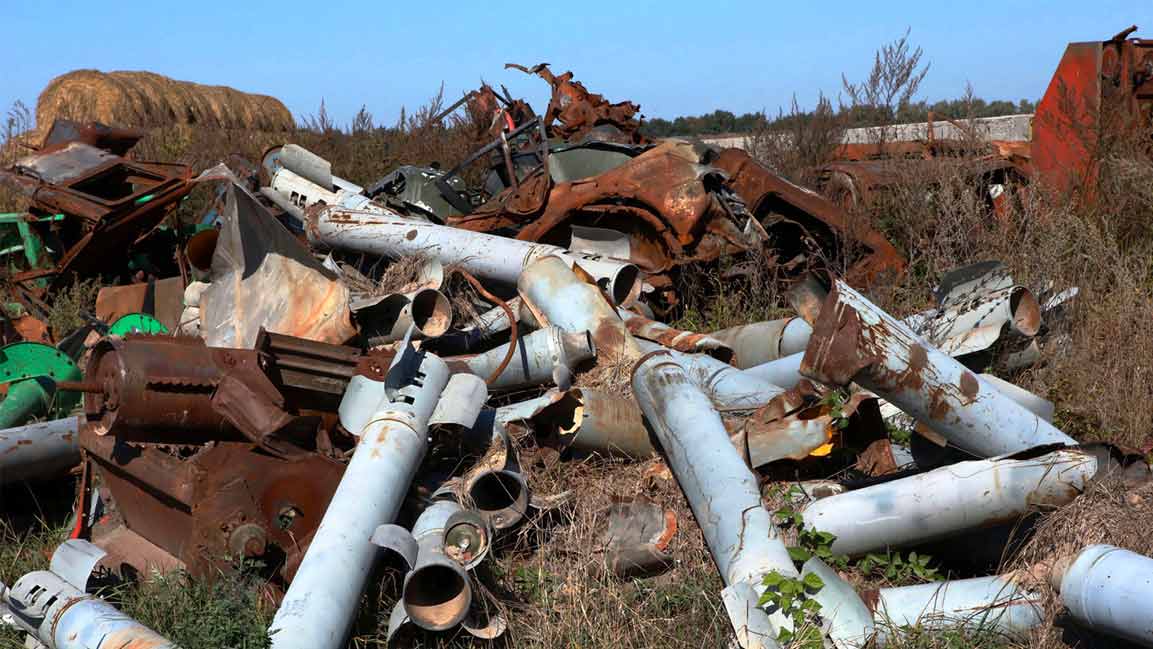- | 9:00 am
This is how hybrid work will impact the future of cities
By embracing the hybrid model, we can create more vibrant, adaptable, and resilient cities.

With even the staunchest proponents of office blocks, including New York City Mayor Eric Adams, admitting defeat and calling for transforming downtowns into mixed-use residential hubs, we can see that traditional office-centric work models have been disrupted, replaced by a hybrid approach that combines remote and in-office work.
According to a report by McKinsey, office attendance has stabilized at 30% below pre-pandemic norms; a different metric, the Kastle Systems barometer, shows an even lower office attendance in the top 10 US cities, hovering at around 50% below pre-pandemic norms over the last year.
This transformation has profound implications for businesses. As employees become untethered from their offices, they are leaving urban cores, causing a ripple effect on urban economies. For instance, the McKinsey report shows that New York City’s urban core lost 5% of its population from mid-2020 to mid-2022, and San Francisco’s lost 6%. This exodus has led to increased urban vacancy rates and a decrease in foot traffic near stores in metropolitan areas, which remains 10% to 20% below pre-pandemic levels.
THE IMPACT ON COMMERCIAL REAL ESTATE
According to the McKinsey report, demand for office and retail space in superstar cities is expected to remain below pre-pandemic levels. The report models a moderate scenario where demand for office space is 13% lower in 2030 than it was in 2019 for the median city in their study. In a severe scenario, demand falls by 38% in the most heavily affected city.
For business leaders, this means rethinking real estate strategies. The reduced demand for office space may lead to an oversupply, potentially driving down rental prices. This could provide opportunities for businesses to negotiate more favorable lease terms or consider relocating to prime locations that were previously unaffordable.
However, it’s crucial to remember that real estate is inherently local, and demand will vary substantially by neighborhood and city. Areas characterized by dense office space, expensive housing, and large employers in the knowledge economy may see lower demand.
Business leaders need to consider these local variations when planning their office locations. For instance, it may be beneficial to maintain a smaller central office in the city for client meetings and team collaboration, while allowing employees to work remotely or from satellite offices in less dense areas.
The shift to hybrid work also has implications for employee recruitment and retention. With many employees no longer tied to a specific office location, businesses can tap into a wider talent pool. However, this also means that employees have more flexibility to change jobs without relocating, potentially increasing competition for talent.
Business leaders should evaluate how their office location and workspace can be used as a tool to attract and retain employees. This could involve creating a more appealing work environment, with flexible workspaces, state-of-the-art technology, and amenities that support both work and leisure.
KEY STRATEGIES
One of the key strategies for adaptation is the development of mixed-use neighborhoods. These are areas where residential, commercial, and entertainment sectors coexist, creating vibrant, self-contained communities. For business leaders, investing in mixed-use developments can provide a diversified revenue stream and create a more resilient portfolio. It also offers the opportunity to create a more appealing environment for employees, which can aid in talent attraction and retention.
The hybrid work model calls for more flexible and adaptable spaces. Traditional office buildings may need to be reimagined to support a mix of in-person and remote work. This could involve creating collaborative spaces for team meetings and brainstorming sessions, quiet areas for focused work, and facilities to support virtual communication and collaboration.
This means leaders need to work closely with architects, designers, and real estate developers to create spaces that can adapt to changing needs. It also means being prepared to invest in technology and infrastructure to support these new ways of working.
The shift toward hybrid work also has implications for retail spaces. With reduced foot traffic in urban cores, businesses may need to rethink their retail strategy. One approach is to create mult-iuse spaces that combine retail, office, and even residential uses.
Leaders need to think creatively about how to use space. It could involve transforming part of a retail store into a coworking space or using part of an office building for pop-up retail or events. This not only makes better use of space but also creates a more vibrant and engaging environment.
Technology plays a crucial role in supporting the hybrid work model. This includes not only the tools and platforms that enable remote work, but also the technology that supports the operation and management of buildings. For example, smart building technology can help to optimize energy use, manage building security, and provide a better experience for occupants.
Investing in technology is not just a cost, but a strategic decision that can drive efficiency, improve sustainability, and create a better work environment. It also provides an opportunity to collect data and gain insights that can inform decision-making and strategy.
THE FUTURE OF SUPERSTAR CITIES
From a business perspective, the future of superstar cities in the face of the hybrid work revolution may seem uncertain, but it is also full of potential. The challenges faced by these cities could spur a historic transformation of urban spaces. By embracing the hybrid model, cities can become more vibrant, adaptable, and resilient.
Imagine a city where office buildings are not just for work, but also for living, shopping, and socializing. Imagine a neighborhood where you can live, work, and play without having to commute. This is the future that the hybrid work revolution could bring. It’s a future where the city itself is a hybrid space, just like the work we do.
The hybrid work revolution is here to stay, and it’s changing the way we work, live, and shop. It’s reshaping our cities and our real estate markets. And it’s reshaping how business leaders need to engage with real estate, as I tell my clients in helping them figure out their RTO and hybrid work models.
But with challenge comes opportunity. By embracing the hybrid model, we can create more vibrant, adaptable, and resilient cities.







































